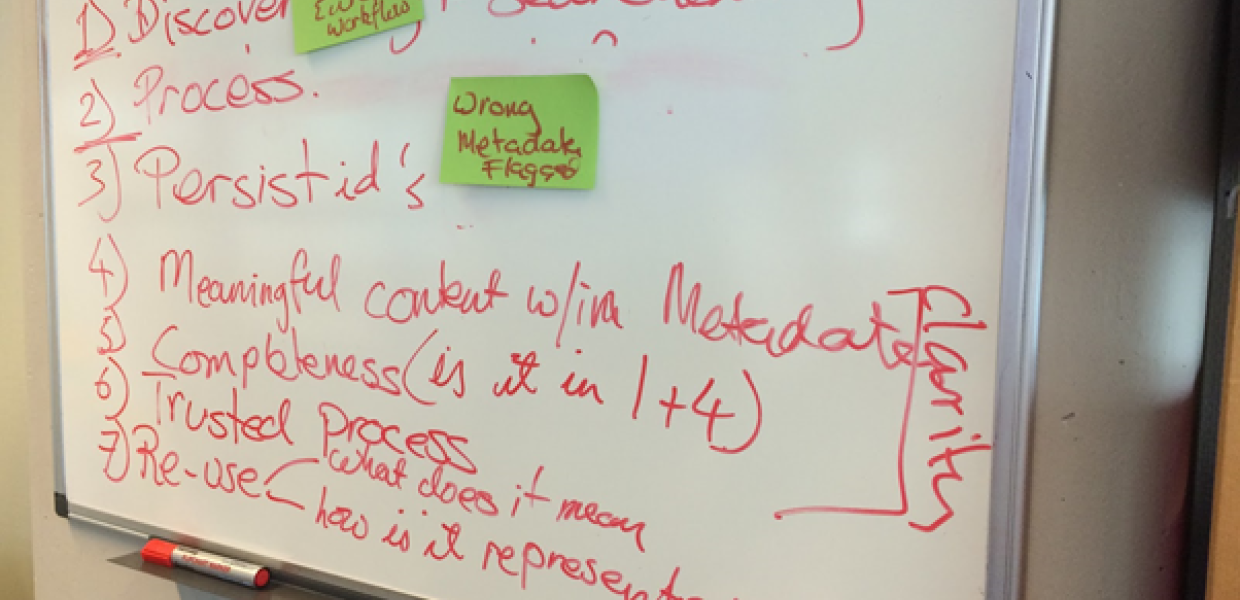Crosswalk with me: Adventures in Metadata Quality

Report and Recommendations of the Europeana Task Force on Metadata Quality
Europeana consists of a wonderful network of people, institutions and aggregation partners. The focus of many of these people, institutions and aggregation partners is improving access to cultural heritage by making their metadata available through Europeana. As has been previously noted, metadata is the lifeblood of Europeana, and without it and our network of cultural heritage institutions we would not be what we are today.
This being said the Europeana Aggregation team spends a large chunk of our time looking at this metadata (but this is our job, and we quite like it), and the quality oscillates wildly between excellent and questionable. We, as a team, began to question why institutions and aggregation partners were submitting metadata which would render their collections invisible in a digital environment, why were they exporting the material, what was their reasoning for this, and how could we as an organisation could help. It turned out that many people had the same questions and thus the Europeana Task Force on Metadata Quality was established, in response to this in December 2013.

Drafting the eventual recommendations from the Task Force. Image: Marie-Claire Dangerfield, CC BY SA.
In order to see if we could answer these questions and to get an even representation of the Europeana Network, a Task Force made up of 11 members representing a variety of institutions, aggregators, data providers and metadata experience was created. The group’s task was to accumulate, assess and propose solutions to some of the key issues raised by data providers and end-users during the creation, submission and display of metadata in Europeana.
What we gained from this process was the knowledge that the questions raised in running the Task Force were only the tip of the digital iceberg. There is no easy solution to creating uniform quality metadata for all organisations, but we did establish our own criteria for what we considered good quality metadata. These outline that high quality metadata, resulted from a series of trusted processes, is findable, readable, standardised, meaningful to audiences, clear on re-use and visible. As well as these criteria, we also created a number of recommendations that we believe will aid this process in the future, from both an institutional data creation perspective, and from the perspective of a large repository.
Metadata quality is essential for digital discovery, and we hope that the work of the Task Force on Metadata quality will be taken on board for further investigation, and that, by implementing some of the recommendations outlined in the report, the quality of metadata created for cultural heritage will increase overall.
